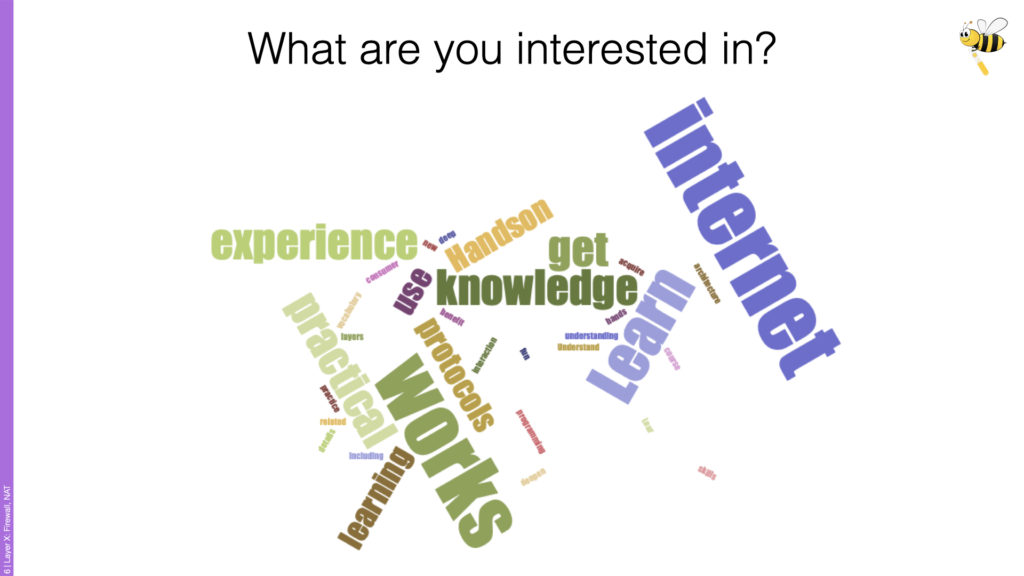iLabX 2020ss kickoff!
Today at 10 am we had our iLabX kickoff!
It was big fun today already with our 12 highly motivated students!

We are looking forward to work closely with you on our interesting challenges on networked and distributed systems.
More than any other course we offer at TUM, iLabX pushed teaching towards online: the first part always was the edX MOOC. This year with theCOVID-19 confinement however, we will go fully online. We will use the vLab experimentation environment also for the second part that we normally do on site. This is our planned schedule:

For that we will also change the exercises. We will work with you on many new interesting exercises that were created together with the former iLab2 students in the create your own exercise [1]!
The didactical concept will stay the same [2] and therefore we are sure also with the changes you will have a great experience 🙂
What are our students interested in? Let’s have a look at some word clouds [3].

What are they studying?

And what is their experience the vLab / ISO/OSI layers?

And how does remote lecturing in times of confinement look like?

[1] Pahl, Marc-Oliver, “Learning by Teaching: Professional Skills and New Technologies for University Education,” in IEEE Communications Magazine 57 (11), 74–80, 2019 [pdf] [doi:10.1109/MCOM.001.1900248]
[2] Marc-Oliver Pahl, “The iLab Concept: Making Teaching Better, at Scale,” in IEEE Communications Magazine 55 (11), 178–185, 2017 [pdf]




